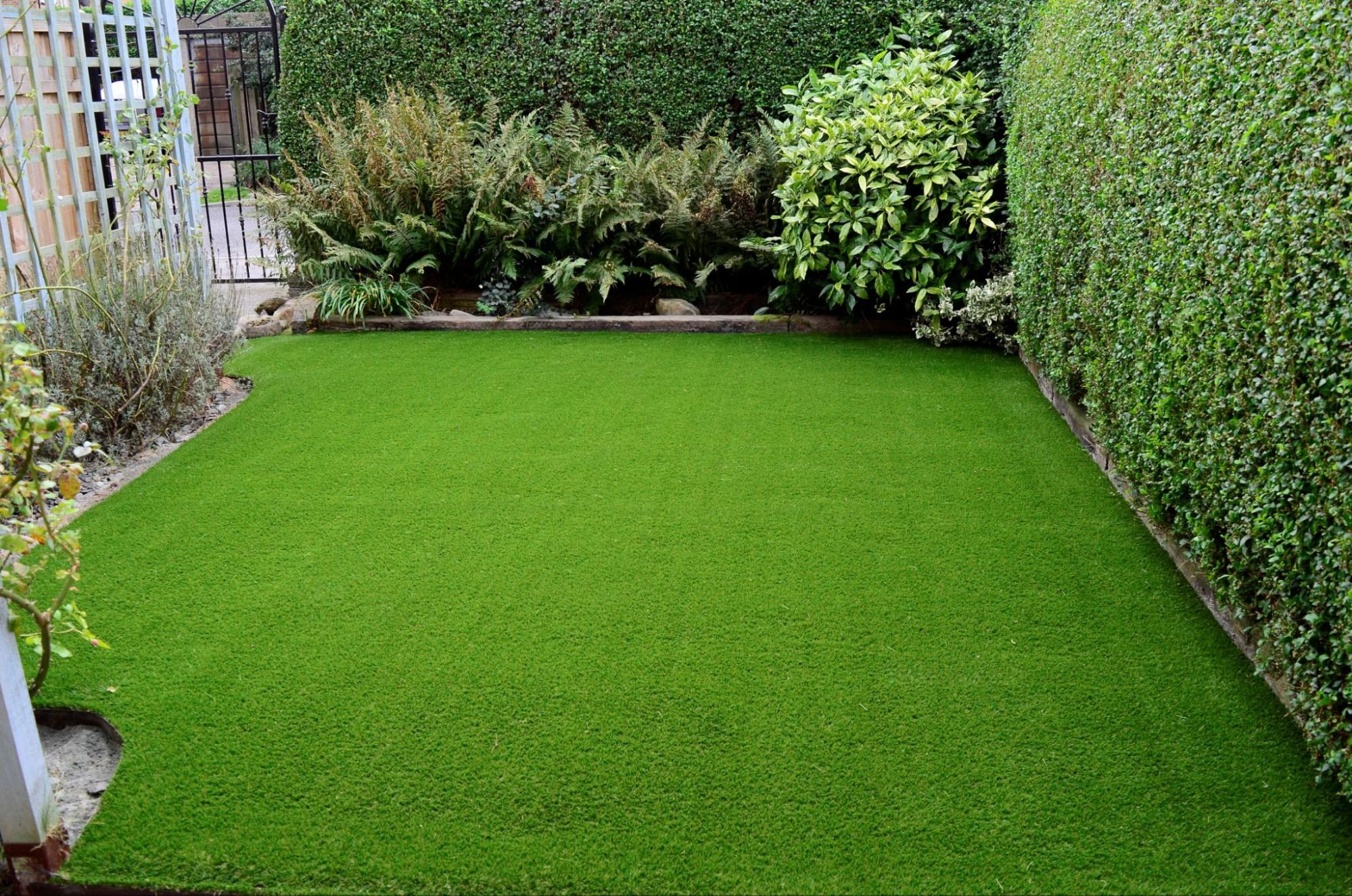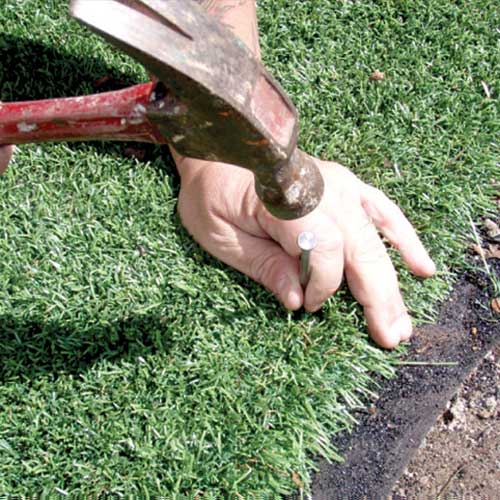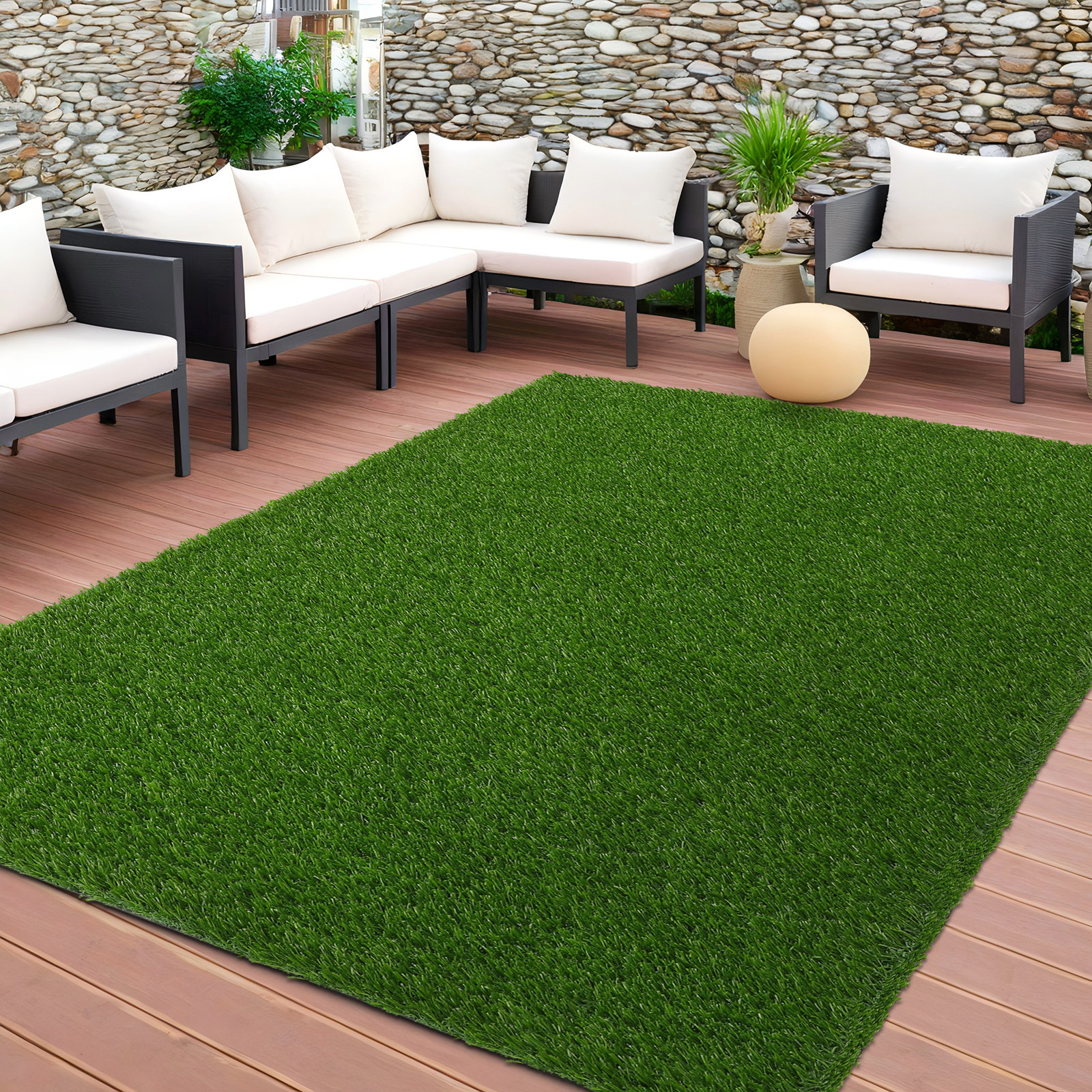See Why Homeowners Prefer Synthetic Grass for Sustainable Landscaping Practices
As homeowners increasingly focus on sustainability in landscaping, artificial lawn has actually emerged as an engaging alternative to traditional yard. What remains to be discovered is the full range of advantages that synthetic grass can supply to house owners and the environment alike.
Water Conservation Perks
Among the most considerable benefits of artificial grass is its duty in water preservation. Conventional lawn yards require considerable amounts of water to keep their lavish appearance, usually leading to overuse of regional water sources, specifically in deserts. On the other hand, synthetic grass eliminates this need totally, as it does not call for watering. This not just conserves water however likewise lowers the pressure on municipal water systems, especially during drought conditions.
Additionally, the installment of synthetic grass can add to a much more sustainable landscape. Home owners can dramatically lower their water bills, enabling reallocation of sources to other ecological initiatives or family uses. Additionally, synthetic grass is made to stand up to numerous weather problems without the need for supplemental watering, making it an optimal option for regions facing water deficiency.
The ecological benefits extend past instant water cost savings. By decreasing water consumption, synthetic grass assists to reduce the influences of environment modification, preserving vital ecosystems that are intimidated by extreme water extraction. As lasting landscaping techniques get traction, synthetic grass becomes a liable option for homeowners looking for to create environmentally friendly outdoor rooms.
Reduced Maintenance Efforts
Artificial grass considerably lowers maintenance initiatives contrasted to traditional lawn yards. With fabricated turf, home owners can get rid of the taxing tasks connected with natural landscaping, such as mowing, feeding, and weeding. This not only saves beneficial time but additionally reduces physical labor, making yard treatment available for people of all ages.
One of one of the most notable advantages is the lack of regular mowing. Conventional grass need constant cutting to maintain a visually pleasing elevation, whereas fabricated lawn remains constantly lavish without the need for cutting. Furthermore, homeowners no more need to apply chemicals or plant foods, which are typically called for to keep natural turf healthy. This change not just lightens the work yet additionally advertises a neater, much more uniform appearance year-round.
Additionally, synthetic grass is resilient and resilient, requiring very little upkeep beyond periodic cleaning and rinsing to remove particles. This convenience of upkeep enables house owners to enjoy their outdoor rooms without the consistent concern of upkeep, providing even more time for leisure and household activities. Inevitably, the minimized maintenance initiatives connected with man-made turf make it an attractive alternative for those looking for a low-maintenance, visually appealing landscape.

Environmental Influence Decrease
There is an expanding recognition of the environmental benefits related to synthetic grass, particularly in terms of water conservation and minimized chemical use. Traditional lawns need considerable quantities of water, specifically in drought-prone areas, leading to enhanced stress on regional water sources. In comparison, fabricated turf eliminates the requirement for irrigation, substantially reducing water consumption and advertising sustainability.
Additionally, standard yard maintenance frequently includes the application of herbicides, pesticides, and plant foods, which can add to dirt and water contamination. Synthetic grass reduces this ecological risk by needing minimal maintenance and virtually removing the need for harmful chemicals. This not just enhances soil wellness but additionally shields neighborhood ecological communities from poisonous runoff.
Additionally, the manufacturing of all-natural turf yards commonly includes making use of fossil fuels for cutting and landscaping tools, additional adding to greenhouse gas exhausts. By choosing artificial lawn, house owners can substantially lower their carbon impact related to grass care tasks.
Aesthetic Allure and Convenience
Along with its ecological advantages, man-made turf provides substantial aesthetic appeal and convenience for landscaping. House owners can attain a lush, eco-friendly look year-round, removing the seasonal fluctuations frequently connected with all-natural turf. This constant visual not just enhances the visual charm of a residential or commercial property however additionally adds to a well-kept and sleek appearance.
In addition, synthetic turf is offered in a range of colors, textures, and styles, allowing for personalization to fit private preferences and style styles - Artificial turf companies phoenix. Whether utilized in property gardens, business rooms, or entertainment locations, it can flawlessly incorporate right into diverse landscape design styles, from contemporary minimalist to rich exotic settings
The flexibility of synthetic grass prolongs beyond mere appearance; it can be mounted in numerous places, consisting of roofs, outdoor patios, and even indoor rooms, developing possibilities for one-of-a-kind landscape design solutions. In addition, it appropriates for a variety of tasks, from youngsters's backyard to pet-friendly settings, providing performance without jeopardizing style.
Ultimately, the visual appeal and versatility of synthetic grass make it an appealing alternative for home owners seeking lasting landscape design services that do not give up appeal for environmental obligation.

Long-Term Cost Cost Savings
One of the most compelling advantages of synthetic grass is its capacity for go to my blog lasting price financial savings. Unlike all-natural grass, which requires normal upkeep-- consisting of mowing, watering, fertilizing, and bug control-- synthetic grass considerably lowers these ongoing costs. Home owners can conserve a substantial amount on water bills, particularly in regions where water shortage is a pressing problem. The elimination of yard care services even more adds to economic savings, as there is no requirement for specific equipment or labor.
Additionally, artificial lawn has a lifespan of 15 to 25 years, relying on its high quality and usage. This resilience minimizes substitute costs, making it an extra economical selection in the future. The preliminary financial investment in man-made turf can typically be recouped with the financial savings accumulated over time.
While the ahead of time expense may appear higher contrasted to sod setup, the cumulative cost savings from lowered maintenance and water usage often exceed these initial expenses. Inevitably, the adoption of man-made lawn not only promotes a lasting landscape design solution however additionally offers property owners a monetarily discover here savvy choice that straightens with lasting budgeting goals.
Final Thought
Synthetic grass becomes a compelling choice for lasting landscape design, supplying significant advantages in water conservation, minimized upkeep initiatives, and lessened environmental impact. Its aesthetic appeal and adaptability boost the aesthetic landscape while lining up with contemporary sustainability objectives. Moreover, long-term expense financial savings add to its appearance for property owners. As neighborhoods progressively prioritize eco-friendly methods, the adoption of synthetic grass stands for a progressive action toward accomplishing resilient and lasting landscapes.
In addition, man-made turf is designed to hold up against different climatic problems without the requirement for supplemental watering, making it an ideal selection for regions encountering water shortage. (Phoenix turf companies)

Man-made grass her explanation emerges as a compelling alternative for lasting landscape design, using considerable advantages in water conservation, lowered upkeep efforts, and diminished ecological influence.